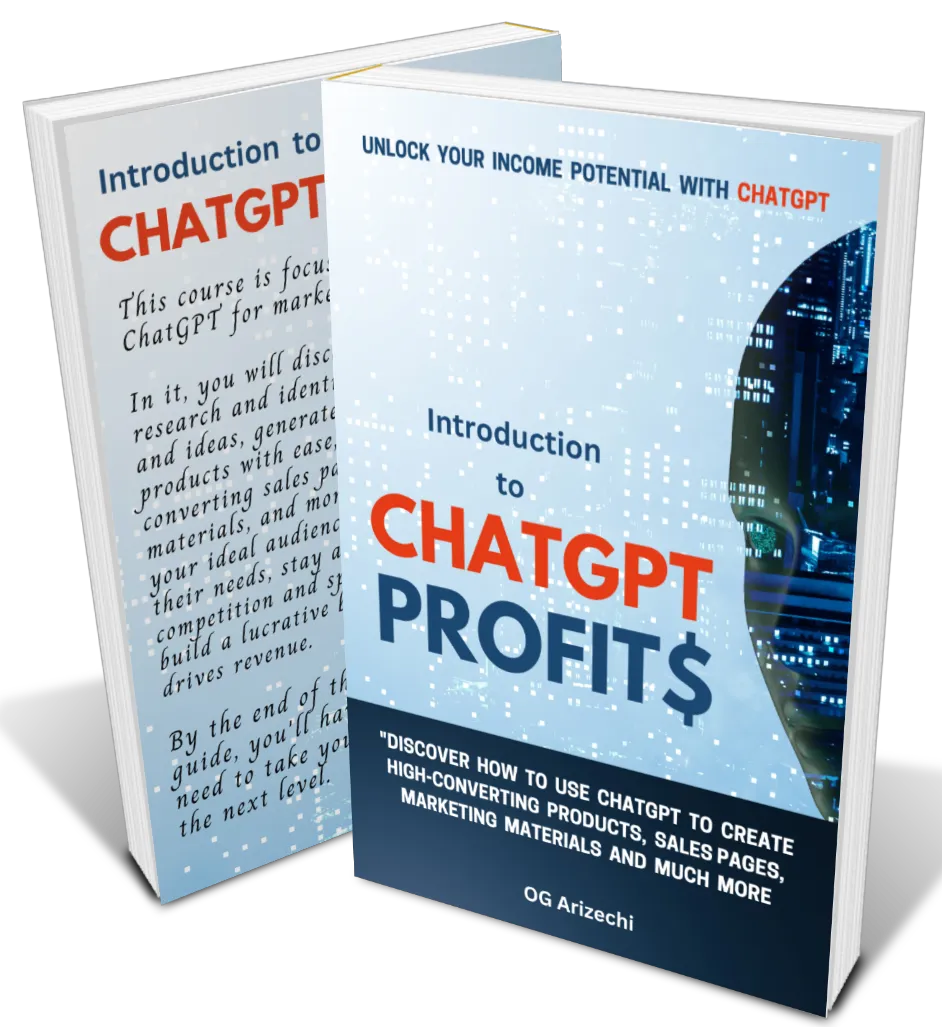How to Attract a Massive Audience with Strategic Blogging Techniques

Are you blogging but not seeing the massive audience and engagement you hoped for? The truth is, writing about your day or personal experiences might be fun, but it's not the key to growing a profitable blog.
If you want to attract a large, engaged audience and monetize your efforts, you need to shift your focus. The secret? Answering the questions your target audience is already searching for.
In this post, we'll discuss how to create content that draws readers in, builds trust, and drives traffic—all while positioning your products and services as the perfect solution.
Understanding the Difference Between Hobby Blogging and Strategic Blogging
Blogging can be a great way to express yourself, share personal stories, or document daily adventures. Think about the countless bloggers who write about their day, their random thoughts, or the quirky events they experience, like that hilarious trip to the zoo.
While these blogs are entertaining and offer a slice-of-life appeal, they’re generally more suited for personal enjoyment rather than profit.
If your goal is to monetize your blog and attract a significant audience, you'll need to shift gears from hobby blogging to strategic blogging. But what does that mean?
The Power of Keywords and Search Intent
To start attracting a massive audience, your content needs to align with what people are actively searching for. This is where keywords and search intent come into play.
Search intent refers to what someone is looking for when they type a query into a search engine. To capture this audience, focus on keyword phrases and questions that are relevant to your business and address the needs of your potential readers.
For example, let’s say you’re a real estate agent. Your readers likely aren’t interested in your personal musings or how many houses you sold this month. Instead, they have specific questions, such as:
- "How do you buy a house?"
- "What credit score is needed to get financing for a house?"
- "What is the best way to invest in real estate with 10% down?"
- "How do I know I’m buying in a good neighborhood?"
- "What are the easiest ways to increase the selling price of my home?"
By identifying and addressing these types of questions in your blog posts, you provide valuable information that directly meets the needs of your audience.
Building Authority Through Value-Driven Content
When you focus on creating content that solves problems and answers questions, you’re not just providing free value—you’re building authority and trust with your audience. People naturally trust and return to sources that provide helpful and relevant information.
According to Rand Fishkin, co-founder of Moz,
" You build trust with your audience by consistently creating content that is both helpful and aligned with their needs."
This trust positions you as an expert in your field, which can lead to a loyal following and increased sales.
For instance, imagine a potential homebuyer reading your blog post titled “How to Buy Your First Home with a Low Credit Score.” Not only do they find the information they need, but they also see that you’re a knowledgeable and reliable source. When it comes time to choose a real estate agent, guess who they’ll likely call?
The SEO Benefits of Answering Questions
Content that directly answers questions people are searching for has a high potential to rank well in search engines. This isn’t about using tricky SEO tactics—it's about providing valuable, relevant content that matches search queries.
Google’s algorithms are designed to prioritize content that offers the best answers to users’ questions. When your blog posts provide those answers, your site is more likely to rank higher in search results.
And here’s the best part: Once you rank, you'll start getting free, consistent traffic from Google. This can create a snowball effect, where more traffic leads to higher rankings, which leads to even more traffic.
Expanding Your Reach with YouTube
Now, let's double the impact of this strategy. Think of YouTube as another search engine—just one that focuses on videos. The principles for ranking on YouTube are similar to those for ranking on Google. By creating videos around the same keyword phrases and questions your target audience is searching for, you can expand your reach and build authority on another platform.
For example, using the same real estate agent scenario, you could create a video titled “Top 5 Tips for Buying a Home with a Low Credit Score.” Pack the video with actionable advice, and don’t forget to include a call to action inviting viewers to visit your website or subscribe to your email list for more tips.
This dual approach—blogging and video content—gives you a powerful way to dominate search engines, build trust, and engage with a broader audience. Plus, video content often enjoys higher engagement rates, as it combines both visual and auditory learning styles, making your content more memorable.
Consistency and Engagement
To maximize your reach and keep your audience engaged, consistency is key. Here’s a simple game plan to follow:
- Keyword Research: Start by finding out what questions your target audience is asking. Tools like Google Keyword Planner, AnswerThePublic, and SEMrush can help you identify high-traffic questions and phrases.
- Content Creation: Write blog posts and create videos that answer these questions in detail. Ensure your content is engaging, easy to understand, and packed with actionable advice.
- Optimize for SEO: Use relevant keywords naturally throughout your content, including in your titles, headers, and meta descriptions. For videos, optimize the title, description, and tags with your chosen keywords.
- Promote Your Content: Share your blog posts and videos across all your marketing channels. Use social media, email newsletters, and even guest blogging to reach a wider audience.
- Engage with Your Audience: Respond to comments and questions on your blog and YouTube channel. This interaction not only builds community but also boosts your content’s visibility and credibility.
- Analyze and Adjust: Regularly check your analytics to see what’s working and what isn’t. Adjust your strategy based on this data to continually improve your content’s performance.
By following these steps consistently, you’ll attract a steady stream of targeted traffic, build your authority, and grow your audience.
Conclusion: Turning Blogging into a Business
Transforming your blog from a personal diary into a business tool requires a strategic approach focused on your audience’s needs. By providing valuable, search-optimized content and expanding your reach with platforms like YouTube, you can attract a massive audience, build trust, and drive more sales.
Remember, it’s not about the quantity of content you produce but the quality and relevance that truly matter. Start answering the right questions today, and watch your blog grow into a thriving, profitable business.



